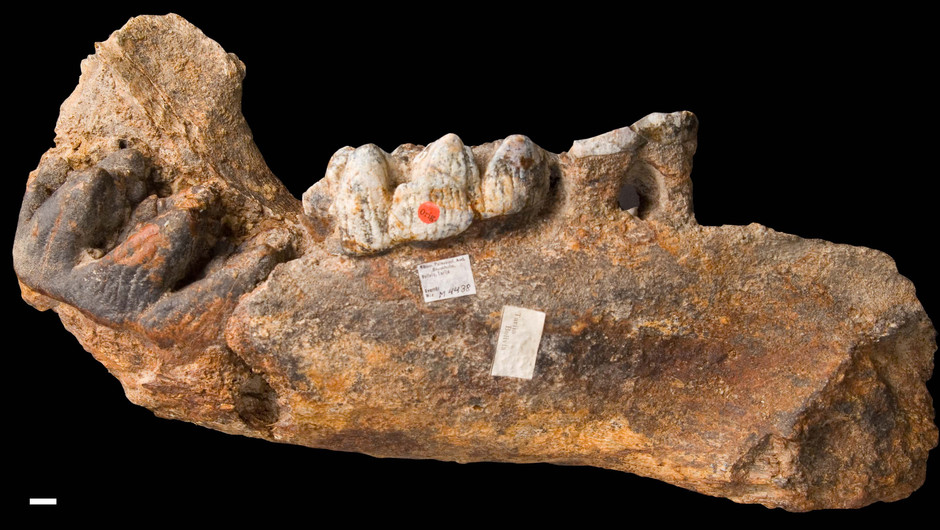Historically important collections from South America
At the Paleobiology department we have extensive collections of all the major groups of vertebrates. Among these are historically important collections of mammals, including significant collections from South America.
One of these is from the Tarija valley in Bolivia, where mainly giant sloths and primitive elephants from the latter part of the Pleistocene have been found. Another unique collection is from Tirapata, Peru, at an altitude of more than 3,800 meters in the Andean highlands. These fossils are between 22,000 and 12,000 years old. In the cave, called Casa del Diablo ('house of the devil'), giant sloths, horses, llamas, deer, predators and large numbers of rodents have been found. Several of these are among the last of their kind.
In total, the two collections comprise about 6,000 fossils. In both cases, the fossil was collected by the ethnographer Erland Nordenskiöld (cousin of Otto, see Antarctica) in the early 20th century.
The picture at the top of the page shows a jaw of an elephant from the family Gomphoteriidae, Cuvieronius hyodon. Photo: Mikael Axelsson

